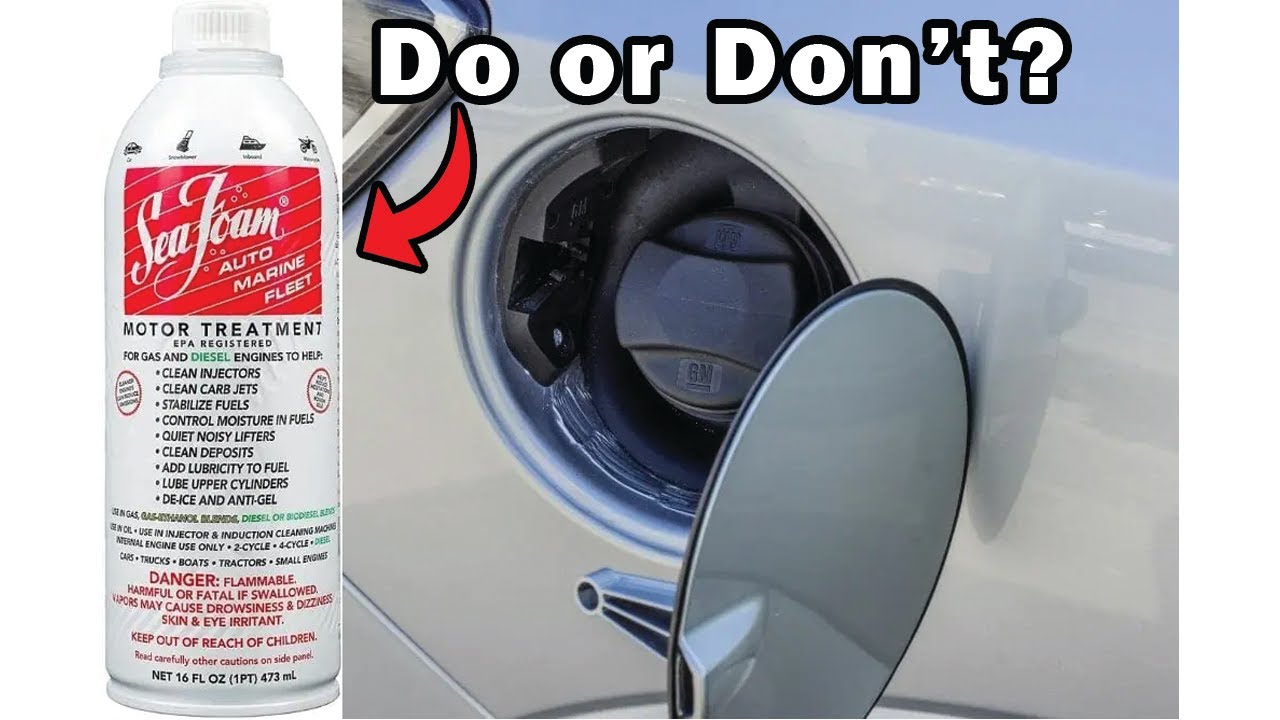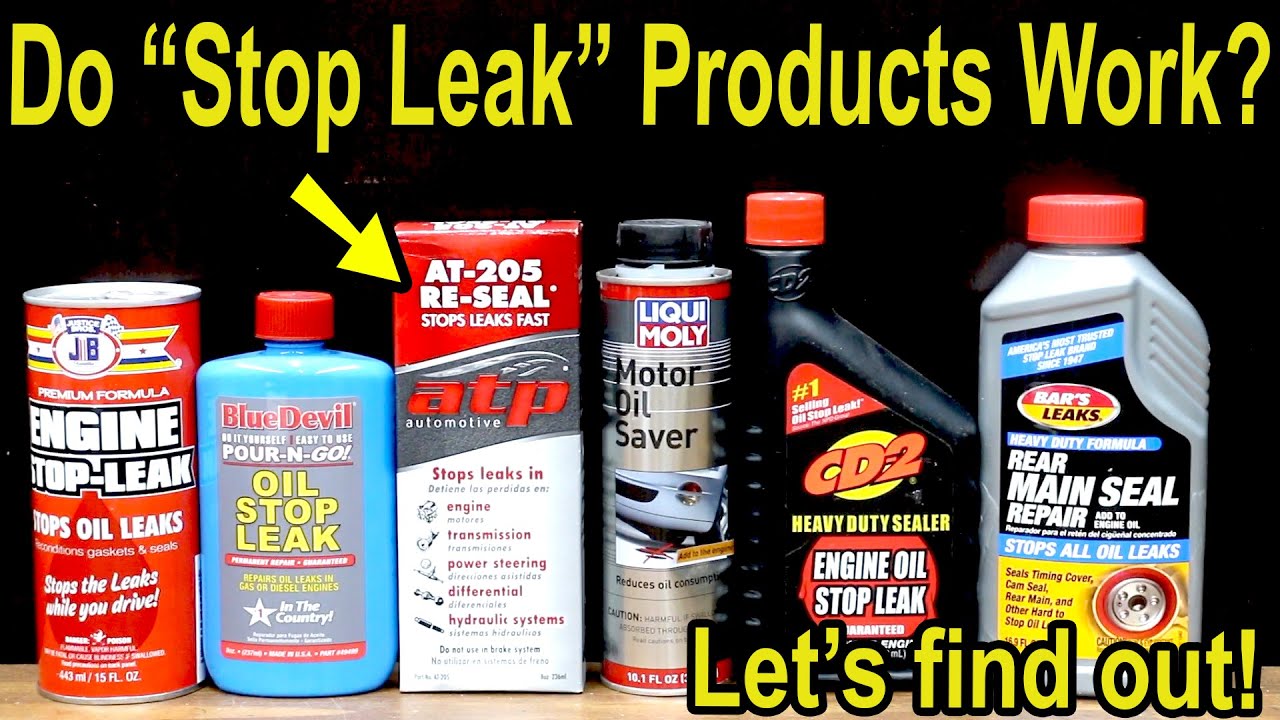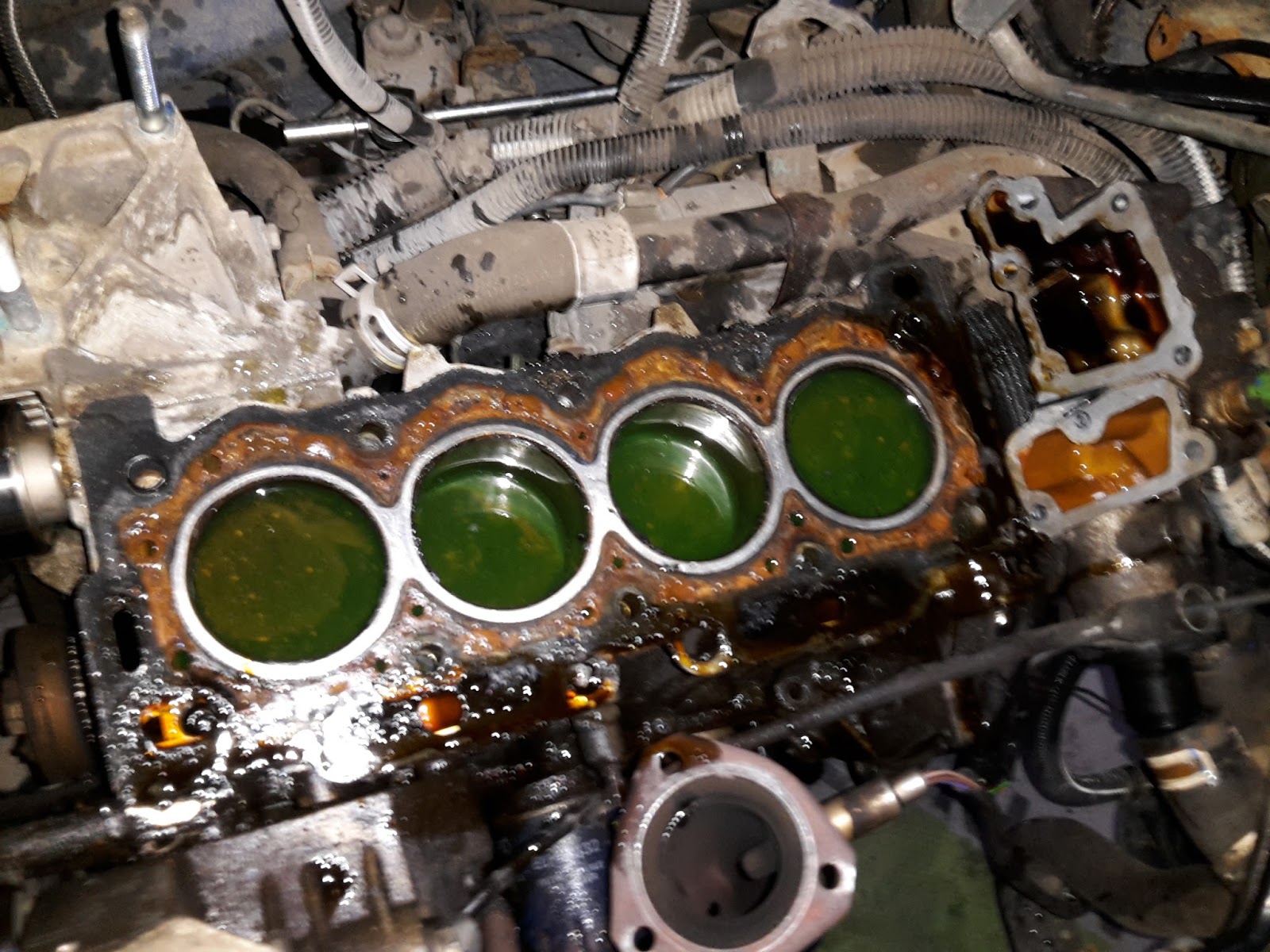Seafoam has been hailed as a miracle engine cleaner, promising to rejuvenate and protect your beloved vehicle. However, beneath its shimmering reputation lurk some hidden drawbacks that might make you think twice. From oil dilution to unforeseen engine damage, this article explores the lesser-known risks of Seafoam and offers insights into why caution is key.
What Is Seafoam?
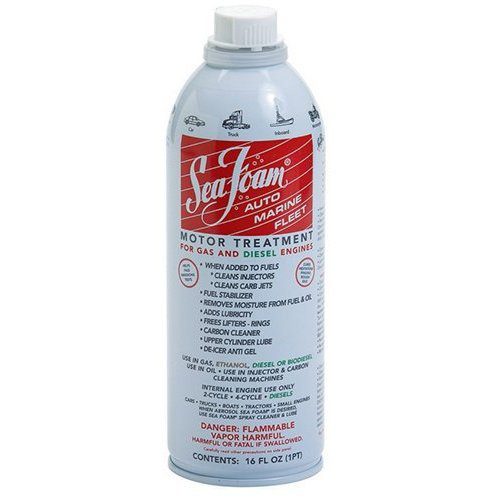
Seafoam is an engine cleaning and lubrication product brand designed to remove harmful engine deposits, boost engine performance, and reduce emissions. The product is made from a blend of petroleum-based chemicals and is available in different formulations, including spray, liquid, and motor treatment.
Seafoam products are popular among vehicle owners and mechanics for their ability to clean carburetors, fuel injectors, and other engine parts, reduce engine noise and prolong engine life. It is commonly used as a maintenance tool for gasoline and diesel engines in vehicles and other equipment.
Seafoam Negative Effects
While Seafoam is generally considered safe for use in vehicle engines, there are a few potential negative effects that users should be aware of:
#1 It can thin out your oil
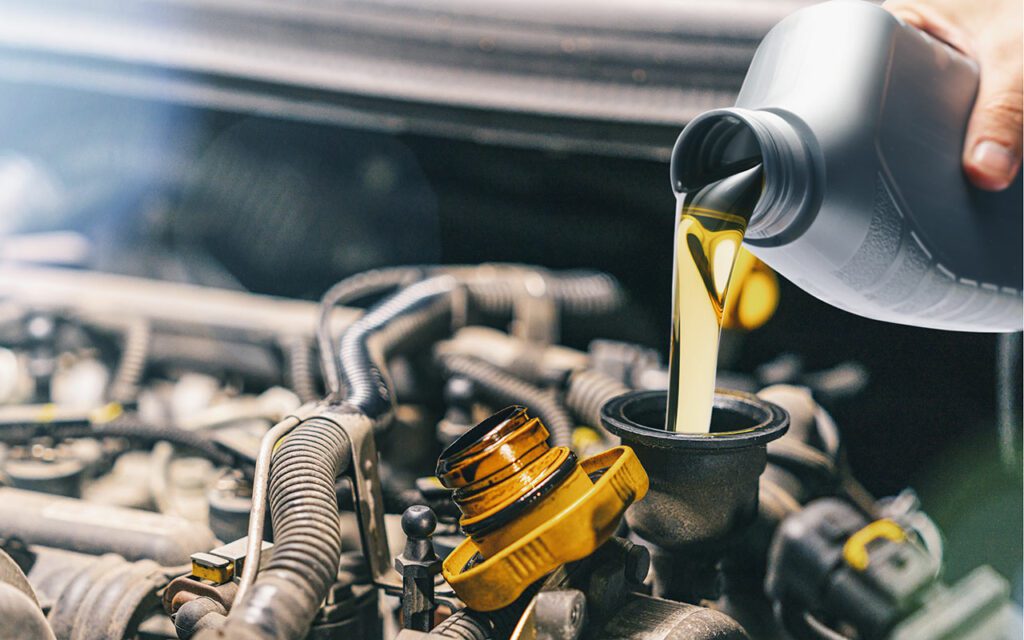
One of the potential negative effects of using Seafoam is that it can cause your oil to become thinner than it should be. This can be problematic, as oil is essential for lubricating your engine and its components, and thinner oil may not be able to do its job effectively. In order to avoid damage to your engine, it may be necessary to drain out the thinned oil and replace it with fresh oil.
#2 It may create more sludge
Although Seafoam is designed to help remove sludge from your engine, it’s possible that it can actually create more of it. This can cause problems such as increased engine overheating and reduced performance. If you notice an increase in sludge after using Seafoam, it may be necessary to have your engine cleaned or even to replace the oil.
#3 It may kill the O2 sensor
The O2 sensor is an important component of your vehicle’s emissions system, and if it fails, it can cause a range of problems, including decreased fuel efficiency and increased emissions. Using Seafoam can potentially accelerate the failure of your O2 sensor, so it’s important to be aware of this risk before using the product.
#4 It may hurt your gas mileage
If you use Seafoam in your gas tank, it’s possible that it could negatively impact your vehicle’s gas mileage. This is because the product can cause fuel line clogging, reducing the engine’s efficiency. If you notice a decrease in gas mileage after using Seafoam, you may need to have your fuel system checked and possibly cleaned.
#5 Not suitable for engines with some injector systems
Seafoam is not recommended for use in engines with certain types of injector systems, such as direct injectors. This is because the product can cause sludge and debris to become dislodged, which can then clog the injectors and potentially cause expensive damage. Avoid using Seafoam altogether if you have a direct injection engine.
#6 It can cause engine damage
In some cases, using Seafoam can actually cause damage to your engine. This can happen if the product is not used correctly or if it is used in an engine that is already experiencing problems.
Some potential issues that can arise from using Seafoam include damaged seals, piston ring damage, and damage to the fuel system. To avoid these problems, it’s important to follow the manufacturer’s instructions carefully and to only use the product in engines that are in good condition.
#7 Can Cause Harmful Emissions

When using Seafoam, it is important to be aware of the harmful emissions that it can produce. This is particularly true during the initial application when it is common for a significant amount of smoke to be emitted from the exhaust pipe.
In some cases, this can be alarming for users who are not familiar with the product, as it can appear as though the engine is malfunctioning. However, it is important to note that this is a normal and expected side effect of using Seafoam.
#8 Can Damage Certain Engine Components
While Seafoam is generally considered safe for use in most engines, there are certain components that may be vulnerable to damage if the product is not used properly. For example, Seafoam can cause damage to plastic and rubber components if left in contact with them for too long.
Additionally, if used in excess, the product can cause damage to sensitive engine sensors, such as the mass airflow sensor or oxygen sensor. It is essential to follow the instructions provided by the manufacturer when using Seafoam to avoid causing unintended damage to your engine.
#9 May Not Be Effective for All Engines
Finally, it is important to recognize that Seafoam may not be effective for all engines. While it is marketed as a powerful cleaning agent, it may not be able to clean severely clogged or damaged engines fully. Professional engine repair or replacement may sometimes be necessary to resolve these issues fully.
Additionally, while Seafoam can help prevent future engine damage, it may not fully reverse existing damage. As such, it is important to carefully evaluate the state of your engine before using Seafoam and to consider consulting with a mechanic if you have any concerns about your engine’s condition.
Why Is Seafoam Not Recommended For Some Engines?
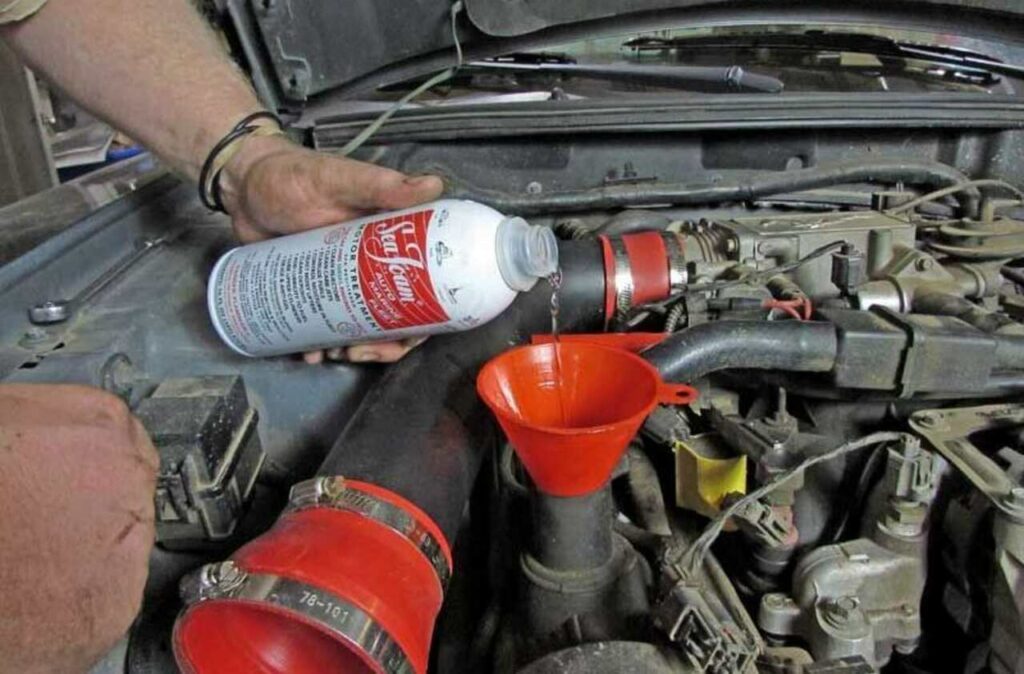
Seafoam is a popular cleaning agent for engines, but it is not recommended for some engines. Specifically, it is not recommended for engines with direct injectors. Direct injectors are a type of fuel injection system where the fuel is injected directly into the combustion chamber instead of through a port in the intake manifold.
Seafoam is not recommended for engines with direct injectors because it can loosen up sludge, dirt, and debris in the engine, which can clog the injectors. When the injectors are clogged, they may not be able to provide the correct amount of fuel to the engine, which can cause a range of problems, including reduced power, decreased fuel efficiency, and even engine damage.
Moreover, Seafoam is not recommended for diesel engines with direct injection either. Applying Seafoam to a diesel engine with direct injection can cause the loosened debris to clog the fuel injectors, potentially leading to costly repairs.
What Can Happen If You Put Too Much Seafoam In Your Engine?
Excessive use of Seafoam in your engine can cause negative effects, just like how too much of a good thing can turn out bad. Putting an excessive amount of Seafoam inside your engine can result in sludge issues, affecting the consistency of your vehicle’s oil and creating difficulty in lubricating the engine parts.
This lack of proper lubrication may lead to friction in the engine’s parts, causing various problems. Also, excessive use of Seafoam can clog your vehicle’s vacuum system, causing more clogs and trapping dirt, debris, and other contaminants inside the engine.
This can ultimately damage the engine and cause it to overheat prematurely, leading to the vehicle’s failure. One solution to these problems is to drain and replace the current oil in your vehicle and replace it.
Does Seafoam Really Work Or Not?
Seafoam is generally recognized as an effective cleaning engine and fuel system product. Many people have used it, and it has received positive reviews and testimonials attesting to its effectiveness.
Seafoam is designed to dissolve and remove carbon deposits, varnish, and other contaminants that can accumulate in the engine and fuel system over time. It can help improve engine performance, fuel efficiency, and overall drivability by addressing issues such as rough idling, hesitation, and power loss.
When used as directed, Seafoam can effectively clean fuel injectors, carburetors, intake valves, and combustion chambers, helping to restore proper fuel flow and combustion. It can also help to remove moisture from the fuel system, which can be particularly beneficial for vehicles that have been sitting idle or for engines that have been exposed to high humidity conditions.
However, it’s important to note that the effectiveness of Seafoam can vary depending on the specific condition of the engine and the extent of the deposits or contaminants present. In some cases, severe buildup or mechanical issues may require professional intervention or more intensive cleaning methods.
Furthermore, while Seafoam is generally safe for most engines, following the manufacturer’s instructions and guidelines for proper usage is crucial. Overuse or misuse of Seafoam can potentially lead to negative effects or damage to the engine.
Conclusion
In conclusion, Seafoam has been a popular engine cleaner and fuel additive for many years. While some people swear by its effectiveness, others have reported negative side effects such as thinning out of oil, increased sludge buildup, and potential damage to engine components.
It’s important to follow the instructions carefully and not overuse it. As with any product, it’s always recommended to research and consult a professional mechanic before using Seafoam or any other engine cleaner.
